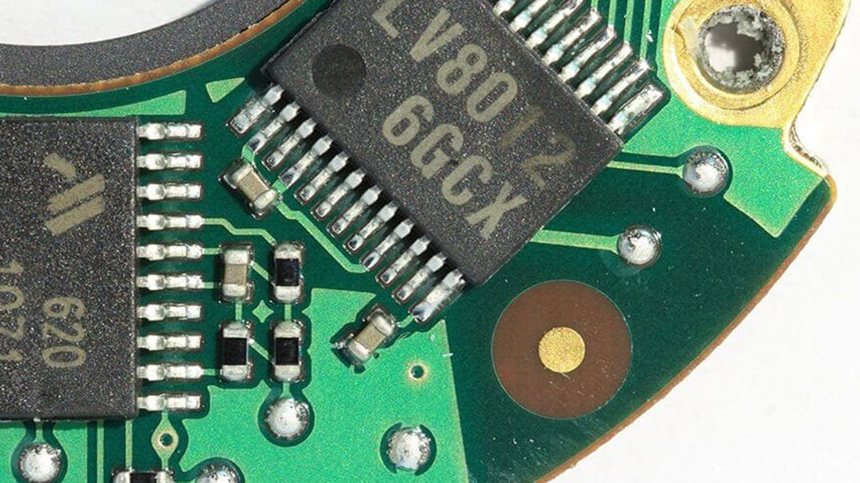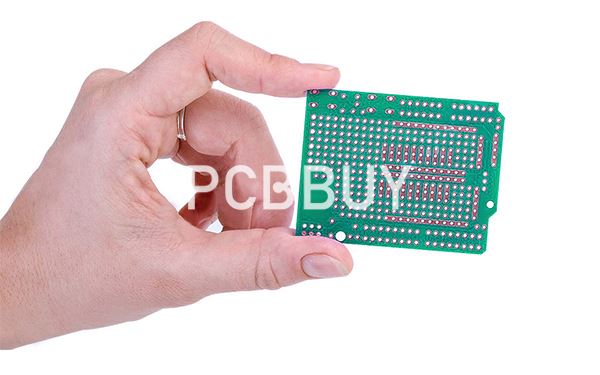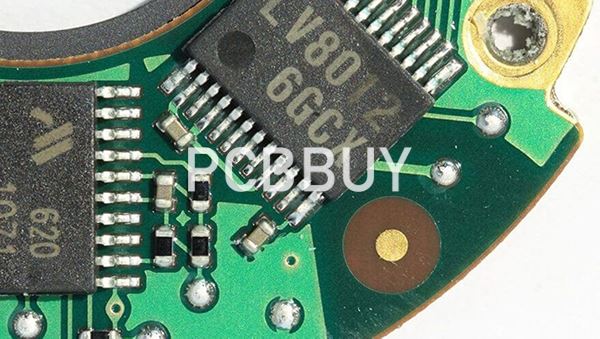what is single sided pcb?
By:PCBBUY 12/20/2023 14:58

Single-layer circuit boards are a prevalent electronic component, constituting a crucial foundation for producing electronic products. This article will extensively cover the advantages, disadvantages, application scenarios, and development trends of single-layer circuit boards.
I. Advantages of Single-layer Circuit Boards
Low Cost: Their simple structure and relatively mature production processes make single-layer circuit boards cost-effective. Compared to multi-layer boards, they have lower material and manufacturing costs, making them suitable for cost-sensitive applications.

Lightweight: Due to their uncomplicated structure, these boards are relatively lightweight, an important advantage for portable or long-term-carry electronic products.
Versatility: The straightforward design and production of single-layer circuit boards allow adaptability to diverse application scenarios, from simple LED boards to complex control systems.
High Reliability: The simple circuit design and uniform component distribution contribute to their relatively high reliability. Moreover, their uncomplicated structure makes troubleshooting and maintenance relatively easy.
II. Disadvantages of Single-layer Circuit Boards
Low Space Utilization: Compared to multi-layer circuit boards, the fewer layers in single-layer boards result in lower space utilization. For complex systems requiring more components and circuits, single-layer boards might not meet space requirements.
Signal Interference: Due to their simple design and relatively fewer signal lines, signal interference issues might be more pronounced. In scenarios necessitating handling high-frequency signals, single-layer boards might not meet the required signal quality standards.
Limited Expandability: As electronic products evolve, the expandability of single-layer circuit boards might be limited. Their simple structure restricts their expandability, unlike multi-layer boards, which conveniently accommodate additional functional modules.

III. Application Scenarios of Single-layer Circuit Boards
Low-cost Electronic Products: Their cost-effectiveness makes them suitable for electronic products with cost constraints, like toys, remote controls, etc.
Compact Portable Devices: Their lightweight and small size make them fitting for compact portable devices like smartphones, tablets, which require a lightweight mainboard to support their functionality.
Prototype Design and Testing: During the initial stages of product development, their simple design and manufacturing suit prototyping and testing. Using single-layer boards speeds up product design and testing processes.
IV. Development Trends of Single-layer Circuit Boards
High-performance Materials: The application of high-performance materials like carbon fiber, glass fiber can enhance mechanical and electrical properties in their production.
Automated Production: Introducing automated production lines and robotics to increase efficiency and reduce labor costs is an inevitable trend.

Environmentally-friendly Materials: Using environmentally-friendly materials like biodegradable plastics can reduce environmental impact in their manufacturing.
Customization: Offering personalized customization services to meet varying customer demands and preferences is becoming a trend.
In conclusion, single-layer circuit boards, as a common electronic component, possess unique advantages, drawbacks, application scenarios, and development trends. They will continue playing a significant role and contributing to the evolution of electronic products in the future.
Industry Category











